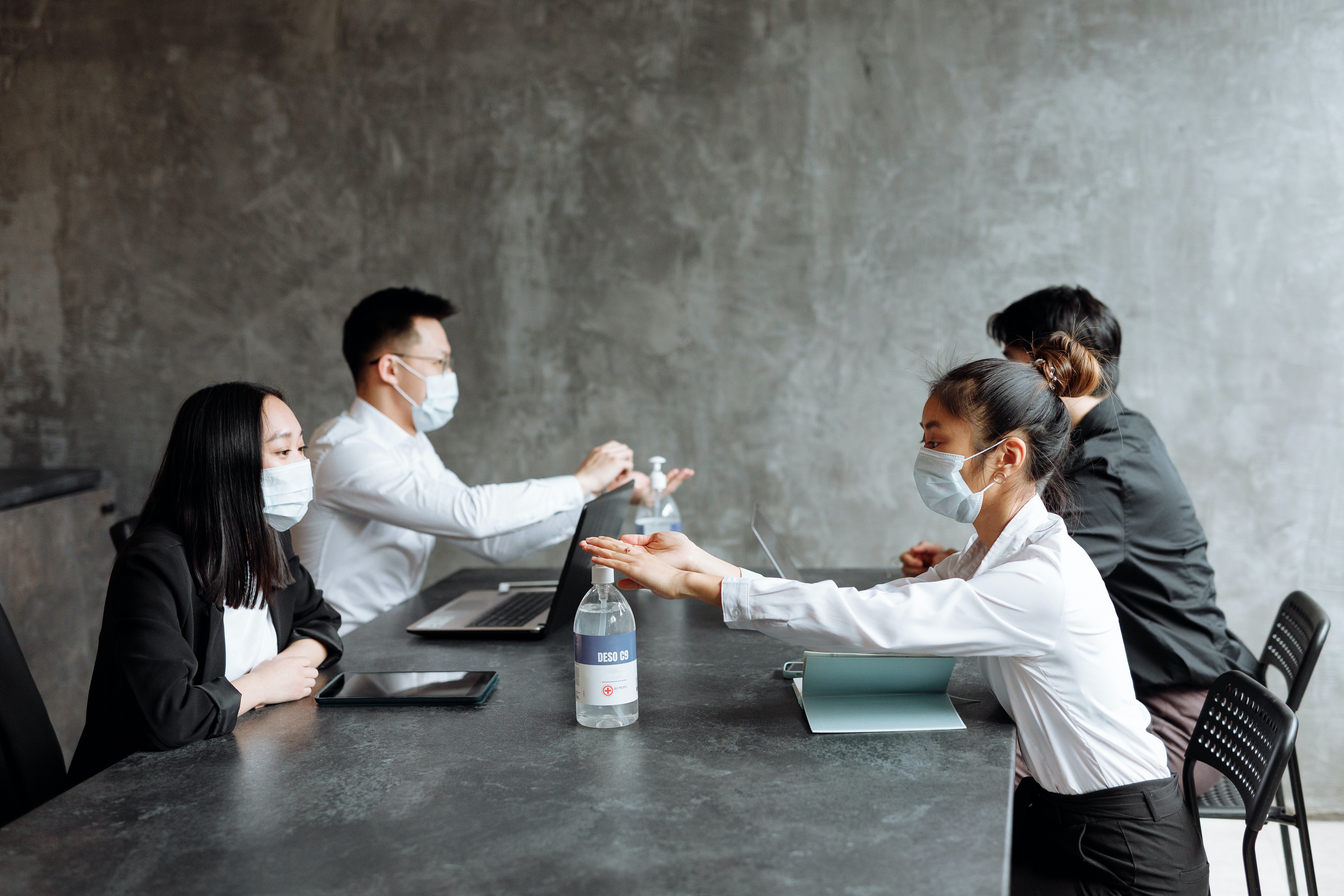
Businesses are slowly starting to recover from the global pandemic and various lockdowns brought about by Covid-19. It’s not been an easy few years, but the discussion is now moving towards how we can safely live and work with covid in mind. The Australian Government is pushing the idea of creating covid-safe workplaces to ensure businesses can function safely and that the restrictions put in place can be rolled back.
It predominantly falls on businesses to ensure that they are operating in a covid-safe way, but this may seem like a vague concept for many companies. What is covid safety and how are you supposed to roll out a covid-safe work environment? In this article, we’re going to find out how to be covid safe at work by outlining the steps that your business can take to ensure the spread of covid is mitigated.
How to be covid safe at work: Identify risks and safeguard against them
Establishing how to be covid safe at work starts with identifying the existing risks in the workplace that could result in infection or transmission of illness. Businesses should ensure that health and safety policies are in place throughout the workplace, and a large part of that is identifying the risks and implementing measures to eliminate or mitigate the risk of exposure and transmission of covid at work.
The standard procedure to do this is to perform a risk assessment that is targeted toward covid safety. You should be able to find potential areas that are at high risk for covid exposure in the workplace and establish measures to eliminate or greatly reduce the risk. Your covid risk assessment should include the following factors:
• Ways to maintain physical distancing at work
• Best practices for hygiene in the workplace
• Cleaning and disinfecting workplace areas
• Any changes to emergency plans with covid in mind
• Deciding what resources are made available to staff to inform them about covid safety
• New risks that have emerged from covid, such as mental health or customer aggravation
• Steps to protect vulnerable staff
• Reporting procedures for individuals with covid symptoms
• How to respond to a covid diagnosis in the workplace
• When to evaluate existing controls
In some cases, your company might benefit from consulting with related companies, landlords or tenants that are in proximity to your workplace to establish health and safety responsibilities.
Your company could look to implement more innovative approaches to covid safety at work, such as staggering shift patterns to reduce the risk of covid transmission. Another way to do this, if possible, is to offer hybrid working patterns or the option to work from home.
We’ve previously outlined useful tips for implementing infection control policy in the workplace, which is a great foundation to work from when implementing appropriate controls for covid safety.
Procedures to implement that mitigate the spread of covid at work
Every workplace is different, so it’s important to consider what specific measures your business might look to implement to ensure covid safety at work. Below is a breakdown of some control measures that you can take at work to lower the risk of covid transmission:
Consistent cleaning and sanitising
It’s important to establish a rigorous cleaning and sanitising schedule for your workplace to reduce the risk of covid transmission. Even if you’re workplace isn’t particularly high-risk, it’s worthwhile to create a strict cleaning routine that is consistent. You should couple this with resources to educate the workforce to help them understand the best practices in terms of covid safety. In some cases, you might also benefit from providing staff with cleaning equipment to wipe down work areas.
To help you set up a consistent cleaning and sanitising routine, take a look at our cleaning checklist for different industries.
Organise covid testing and vaccinations for staff
Depending on the current situation in your area, you may be able to organise testing or vaccination facilities for your staff. This is particularly important if your business is customer-facing as the risk of covid transmission is much higher here. Ideally, you should provide periodic testing to employees that regularly interact with customers to make sure the risk of transmission is mitigated. Remember that if you intend to roll out mandates for staff vaccinations, you’ll need to adhere to the fair work principles. You should also consider providing staff with time off to receive a vaccination or if they feel ill.
Increase air circulation and ventilation
Covid is a respiratory disease that can be transmitted through the air, so it’s important that your workplace is well-ventilated and fresh air is regularly circulated throughout the building. Covid can spread much more readily in areas with poor ventilation, so to avoid this try to keep doors and windows open to allow air to circulate. If you can’t manage this, then consider lowering the number of staff who work together to lower the risk of transmission.
Provide personal protective equipment
Personal protective equipment, also known as PPE, can be used to protect individuals from the risk of infection from covid. There are many different types of PPE including face masks, hand sanitiser, gloves and face shields. It’s important that the workplace can provide staff with suitable PPE if their work requires it, for example, if they regularly interact with customers then a face mask is a useful form of protection. It’s important to have readily available stock of PPE for staff to use in case they don’t have suitable PPE for themselves.
Understanding the risk of covid can help establish procedures at work that can drastically mitigate the risk of transmission. If you’re interested in learning more about how to be covid safe at work, we’d love to hear from you. Contact us at Rubbermaid today with your enquiry.